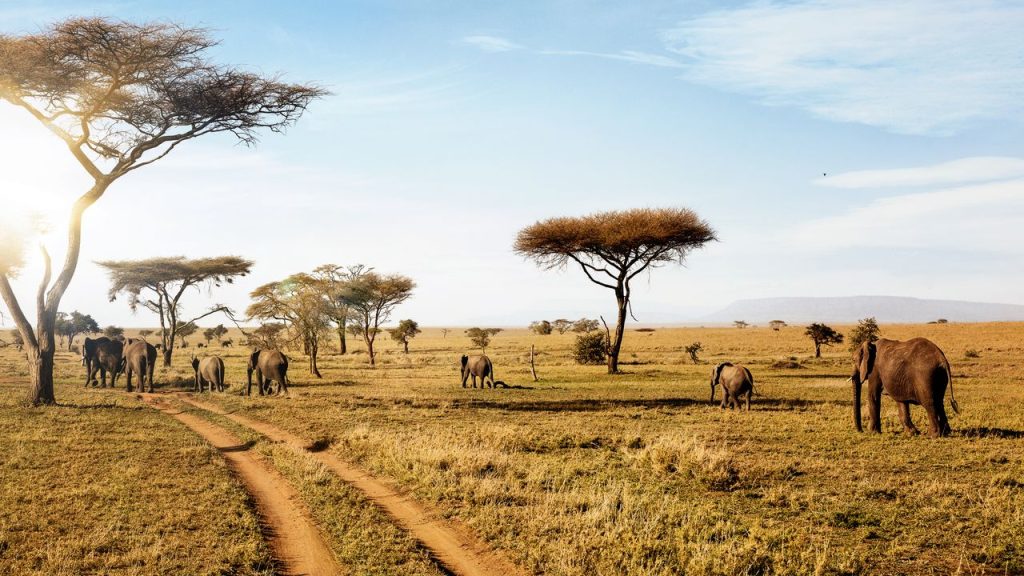Mount Kilimanjaro Trek: A Journey to the Roof of Africa
Mount Kilimanjaro, located in Tanzania, is the highest peak in Africa and one of the most sought-after destinations for adventure enthusiasts. Standing at a staggering height of 5,895 meters (19,341 feet), conquering this majestic mountain is a dream for many. However, embarking on a Kilimanjaro trek requires proper planning, preparation, and guidance from experienced Kilimanjaro guides.
Choosing the Rongai Route
When it comes to climbing Kilimanjaro, there are several routes to choose from, each offering a unique experience. One popular route is the Rongai Route, known for its scenic beauty and less crowded trails. This route approaches Kilimanjaro from the northeastern side and provides trekkers with breathtaking views of the mountain’s rugged terrain.
The Rongai Route is considered one of the easier routes, making it suitable for beginners or those with less experience in high-altitude trekking. The gradual ascent and diverse landscapes, ranging from rainforests to alpine deserts, make the journey enjoyable and memorable.
The Role of Kilimanjaro Guides
Embarking on a Kilimanjaro trek without the assistance of experienced guides is not recommended. Kilimanjaro guides play a crucial role in ensuring the safety and success of your climb. They have extensive knowledge about the mountain, its routes, and the challenges that trekkers may face along the way.
These guides are trained in altitude sickness prevention, first aid, and emergency response, ensuring that climbers are well taken care of throughout the journey. They also provide valuable insights into the local culture, flora, and fauna, enriching the overall experience.
Moreover, Kilimanjaro guides are familiar with the Rongai Route and its specific challenges. They can adapt the pace of the climb according to the group’s abilities, ensuring a comfortable and enjoyable trek. Their expertise and guidance significantly increase the chances of successfully reaching the summit.
Preparing for Kilimanjaro Climbing
Preparing for a Kilimanjaro trek requires physical fitness, mental determination, and proper gear. It is essential to engage in regular exercise, focusing on cardiovascular fitness and strength training. This will help prepare your body for the physical demands of high-altitude trekking.
Acclimatization is another crucial aspect of preparing for Kilimanjaro climbing. As you ascend, the decreasing oxygen levels can lead to altitude sickness. It is recommended to spend a few days at higher altitudes before attempting the summit to allow your body to adjust gradually.
Packing the right gear is vital for a successful Kilimanjaro trek. Layered clothing, sturdy hiking boots, a warm sleeping bag, and a good quality backpack are some of the essential items to include. It is advisable to consult with your Kilimanjaro guides or a reputable trekking company for a comprehensive packing list.
Conclusion
Embarking on a Mount Kilimanjaro trek is a once-in-a-lifetime adventure that requires careful planning, preparation, and the guidance of experienced Kilimanjaro guides. Choosing the Rongai Route offers a unique and less crowded experience, with stunning landscapes along the way. With proper training and acclimatization, you can conquer the Roof of Africa and fulfill your dream of standing atop Mount Kilimanjaro.

